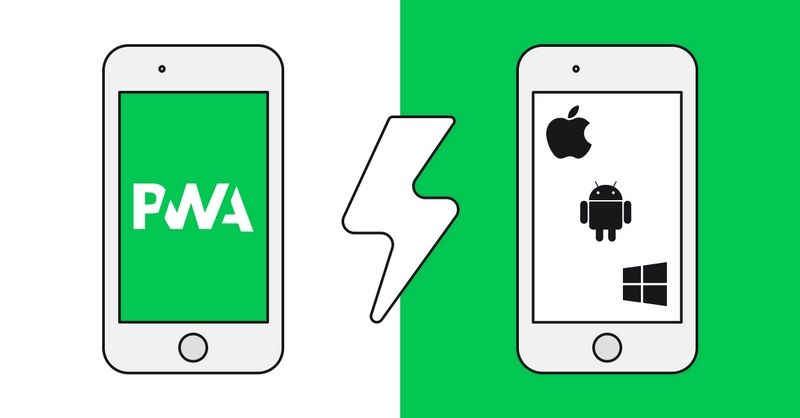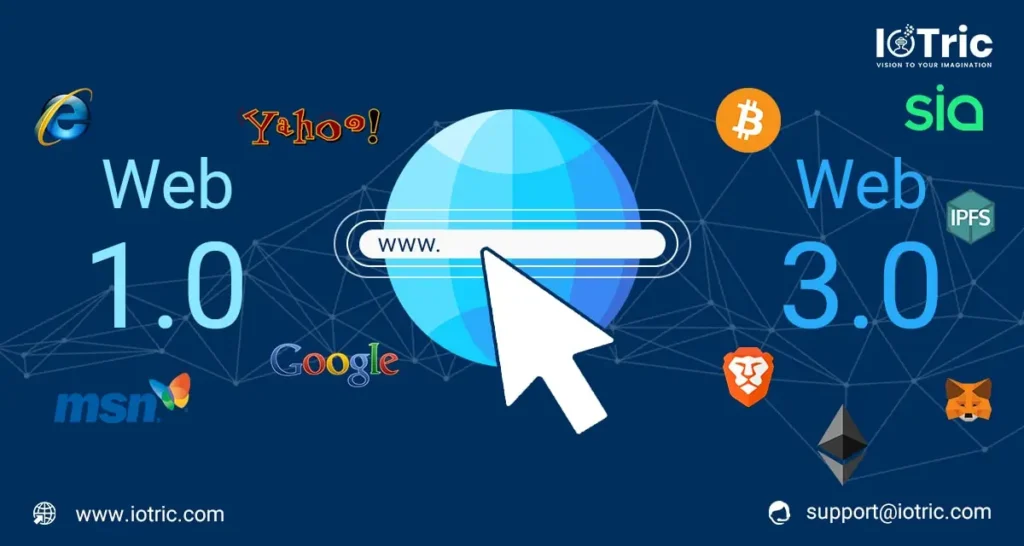Web development has been a fascinating journey through time. From the early days of static HTML pages to the modern, dynamic web experiences we encounter today, the field of web development has undergone incredible growth and transformation. Join us on this historical overview as we explore key milestones, technologies, and trends that have shaped the way we build and interact with websites.
Table of contents
Open Table of contents
- The Early Days: HTML and Static Pages
- The Birth of CSS: Making Web Pages Beautiful
- The Rise of Dynamic Content: JavaScript
- The Dot-com Boom: Rise of E-Commerce
- The XML and Web Services Era
- The Web 2.0 Revolution
- Mobile Responsiveness: A Necessity
- The Rise of JavaScript Frameworks: Angular, React, and Vue
- The Progressive Web App (PWA) Revolution
- WebAssembly and the Future
- Conclusion: The Ever-Evolving Web
The Early Days: HTML and Static Pages
Our journey begins in the early 1990s when the World Wide Web was in its infancy. Tim Berners-Lee, a British computer scientist, created the World Wide Web (WWW) and introduced the first web browser and web server software. The web was initially a simple system of interconnected text documents, known as HTML (HyperText Markup Language) pages, viewed through basic web browsers like Mosaic and Netscape Navigator.
These early websites were static, consisting mainly of text and simple images. Web development was essentially about creating and linking these static pages together using HTML, and web developers were often referred to as “webmasters.” It was a time of experimentation, and the possibilities seemed limitless.
The Birth of CSS: Making Web Pages Beautiful
In the mid-1990s, web development took a significant step forward with the introduction of Cascading Style Sheets (CSS). CSS enabled developers to separate the structure (HTML) from the presentation (CSS) of web pages, allowing for more appealing and consistent designs. This marked the shift from plain text to visually attractive web pages.
The Rise of Dynamic Content: JavaScript

While HTML and CSS were fundamental for web presentation, they couldn’t provide interactivity. That’s where JavaScript comes into play. JavaScript, introduced by Netscape Communications in 1995, allowed developers to add dynamic features to their websites. This opened the door to interactive forms, animations, and other client-side scripting capabilities.
The Dot-com Boom: Rise of E-Commerce

The late 1990s saw the emergence of e-commerce. Companies like Amazon and eBay began offering products and services online. Web development shifted towards building robust e-commerce platforms that could handle transactions securely. The demand for dynamic, database-driven websites grew, leading to the rise of server-side scripting languages like PHP, ASP, and JSP.
The XML and Web Services Era

The early 2000s brought XML (eXtensible Markup Language) and the concept of web services. XML allowed data to be structured in a standardized format, making it easier to exchange information between different systems. This led to the development of APIs (Application Programming Interfaces) and the growth of the web as a platform for data exchange and integration.
The Web 2.0 Revolution

Around the mid-2000s, the idea of “Web 2.0” gained prominence. This era was characterized by a shift towards user-generated content, social networking, and interactive web applications. Websites like Facebook, YouTube, and Twitter became major players in the web landscape.
Ajax (Asynchronous JavaScript and XML) played a vital role in enabling seamless, real-time interactions on web pages without needing full-page reloads. This technology was a game-changer, making web applications more responsive and user-friendly.
Mobile Responsiveness: A Necessity

With the rapid proliferation of smartphones in the late 2000s, web development had to adapt to a new challenge: ensuring websites were accessible and functional on various screen sizes. Responsive web design became a critical consideration, as developers had to make sure that websites looked and worked well on desktops, tablets, and mobile devices.
The Rise of JavaScript Frameworks: Angular, React, and Vue

The mid-2010s saw the ascendancy of JavaScript frameworks. Angular, React, and Vue.js became widely popular for building dynamic, single-page applications (SPAs). These frameworks made it easier to create complex web applications by providing powerful tools and libraries for handling UI components and state management.
The Progressive Web App (PWA) Revolution

Progressive Web Apps (PWAs) emerged as a concept to bridge the gap between web and native mobile applications. PWAs are web applications that can be installed on a user’s device and offer a more app-like experience. They are characterized by features such as offline functionality, push notifications, and fast loading times. PWAs have become an important trend, as they combine the best of both web and mobile app worlds.
WebAssembly and the Future
As we move into the late 2010s and beyond, WebAssembly (Wasm) is changing the game. WebAssembly is a binary instruction format that enables high-performance execution of code on web browsers. It allows developers to run applications written in languages other than JavaScript directly in the browser, opening up new possibilities for web development, including games, multimedia applications, and more.
Conclusion: The Ever-Evolving Web
Web development has come a long way from its inception in the early 1990s. From static HTML pages to dynamic, interactive web applications, the field has evolved at a rapid pace. Today, web development is not just about creating websites; it’s about crafting seamless, user-friendly experiences on the web.
The journey through the history of web development serves as a testament to human ingenuity, innovation, and the relentless pursuit of making the web a better place. As we look to the future, the web will continue to evolve, driven by new technologies and the ever-changing needs of users. For web developers, this journey is a never-ending adventure, and the next chapter promises to be as exciting as the ones that came before.
Whether you’re a seasoned developer or a newcomer to the field, the history of web development is a source of inspiration and a reminder that what we create today can shape the future of the internet. So, whether you’re building a simple website or a complex web application, remember that you are part of a long and fascinating journey that started with a simple idea: to connect people and information on the World Wide Web.
